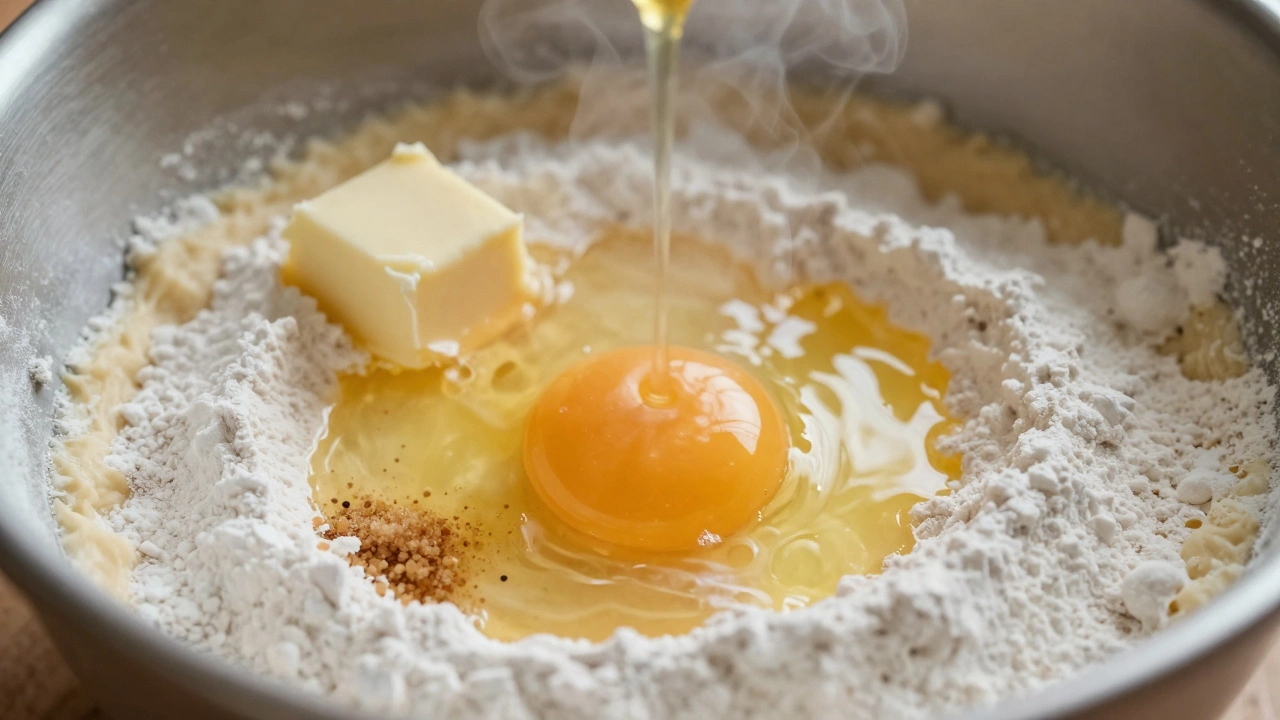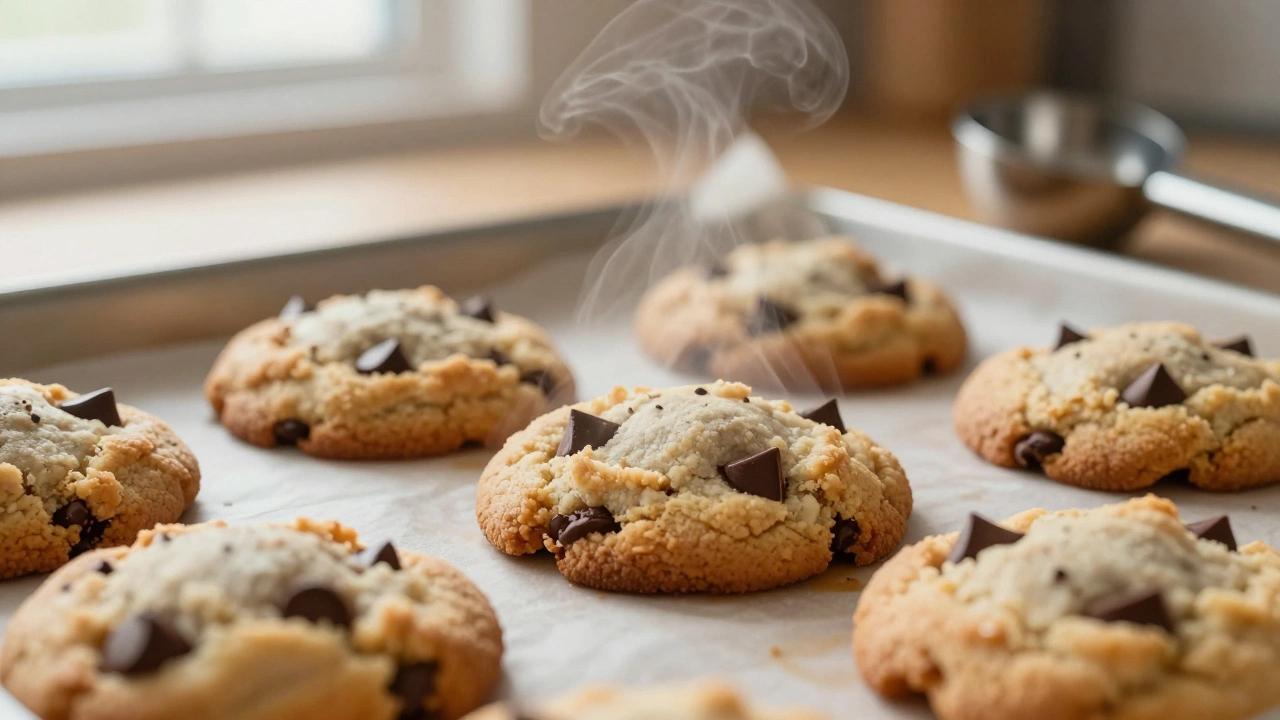
What Makes Cookies Crunchy or Soft? The Science Behind Perfect Texture
Discover the science behind why homemade cookies turn out crunchy or soft. Learn how sugar, fat, flour, and baking temperature control texture for perfect results every time.
Everyone loves a cookie that stays soft after it cools. Whether you crave chocolate chip, oatmeal, or peanut butter, the secret is the same: the right ingredients, the right mix, and the right bake. In this guide you’ll get clear steps you can follow today, no matter how often you bake.
First, look at the sugar balance. Using more brown sugar than white sugar adds moisture because brown sugar contains molasses. That extra moisture keeps the crumb soft. If you only have white sugar, add a tablespoon of honey or maple syrup to each cup of sugar. The extra liquid does the same job without changing the flavor too much.
Butter gives flavor, but it can make cookies firm if you melt it completely. Try using half butter and half melted coconut oil, or even a little sour cream. The extra fat coats the flour and stops too much gluten from forming, which means a softer bite. Also, swap part of the all‑purpose flour for cake flour. Cake flour has less protein, so it creates less gluten and a more tender texture.
Don’t forget the eggs. Adding an extra egg yolk (but not the white) adds richness and keeps the center moist. If you’re making vegan cookies, replace the egg with a mashed banana or a tablespoon of flaxseed mixed with water. Both act as binders and add a little extra softness.
Mixing matters a lot. Over‑mixing the dough develops gluten, which can make cookies tough. Stir just until the flour disappears. You’ll see a few streaks of flour; that’s okay. The dough should look a little shaggy.
Chill the dough for at least 30 minutes. Cold dough spreads less in the oven, so the edges stay soft while the centers stay thick. If you’re short on time, shape the dough into balls and pop them in the freezer for 10 minutes before baking.
Set the oven to a lower temperature, around 325°F (165°C). A slower bake lets the interior stay soft while the outside gets a light golden color. Keep an eye on the time—take the cookies out when the edges are just set and the middle looks a bit glossy. They will finish cooking as they cool on the rack.
Cooling is the final step. Let the cookies sit on the baking sheet for a couple of minutes, then move them to a wire rack. If you want extra softness, store them in an airtight container with a slice of bread. The bread releases moisture that the cookies absorb, staying soft for days.
With these tips you can turn any basic cookie recipe into a soft, chewy favorite. Try one of the recipes below, tweak the sugar or fat ratio, and you’ll see the difference right away. Happy baking!

Discover the science behind why homemade cookies turn out crunchy or soft. Learn how sugar, fat, flour, and baking temperature control texture for perfect results every time.

Learn the science behind fluffy cookies: the right butter, sugar mix, baking soda, chilling, and oven tricks that turn flat discs into soft, airy treats. No guesswork - just proven steps.

Explore practical tips, pro secrets, and science-backed methods to keep your cookies irresistibly soft, chewy, and bakery-perfect at home.

Learn the real secrets to getting chewy cookies instead of crunchy ones. This guide covers ingredient swaps, mixing tricks, and insider baking hacks that'll help you turn out soft, gooey cookies every time. If you’re tired of dry, crumbly results, you’ll finally understand exactly what needs to change in your recipe and technique. No more guesswork, just tried-and-true advice for perfect chewy cookies. Grab your apron, because chewy cookies are about to become your new thing.